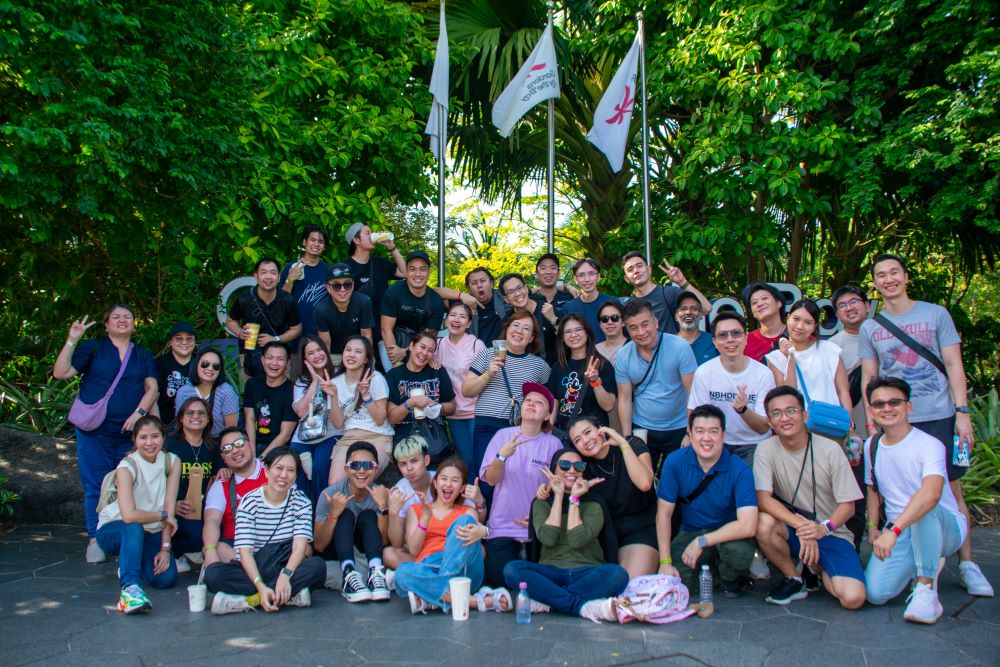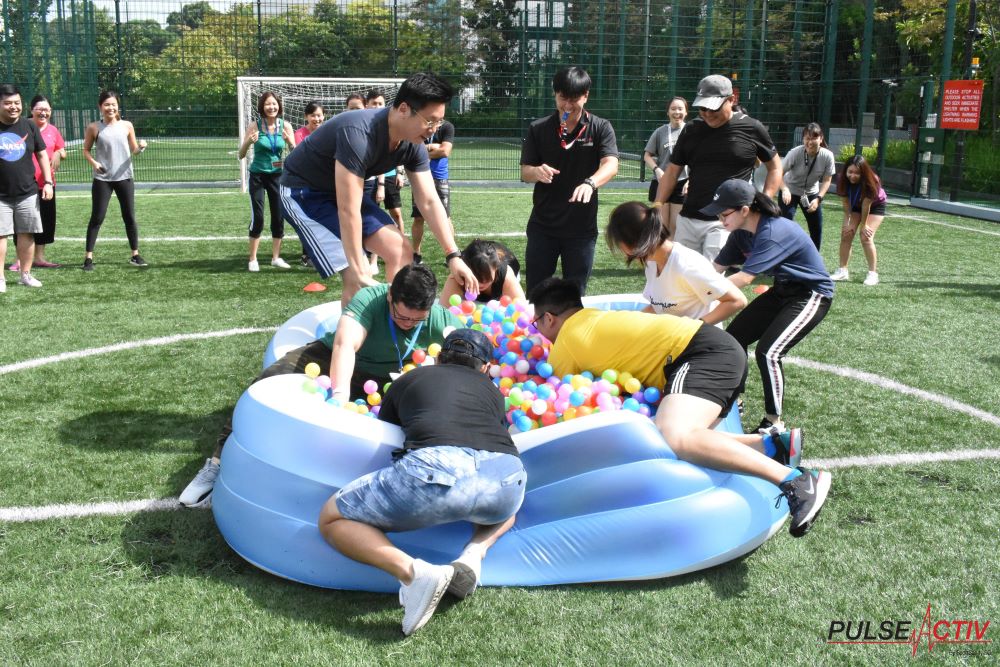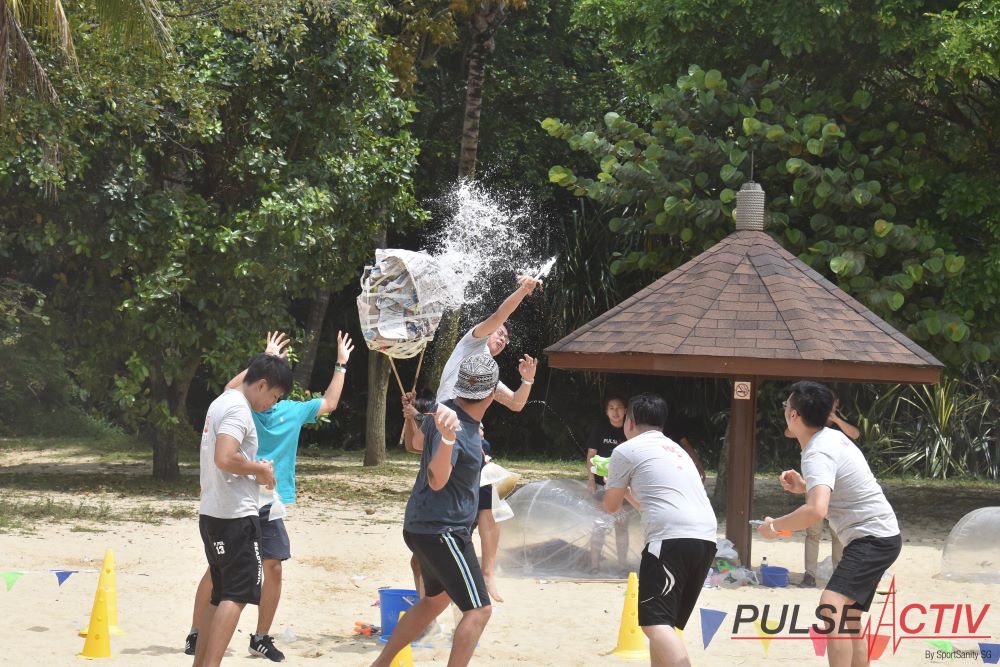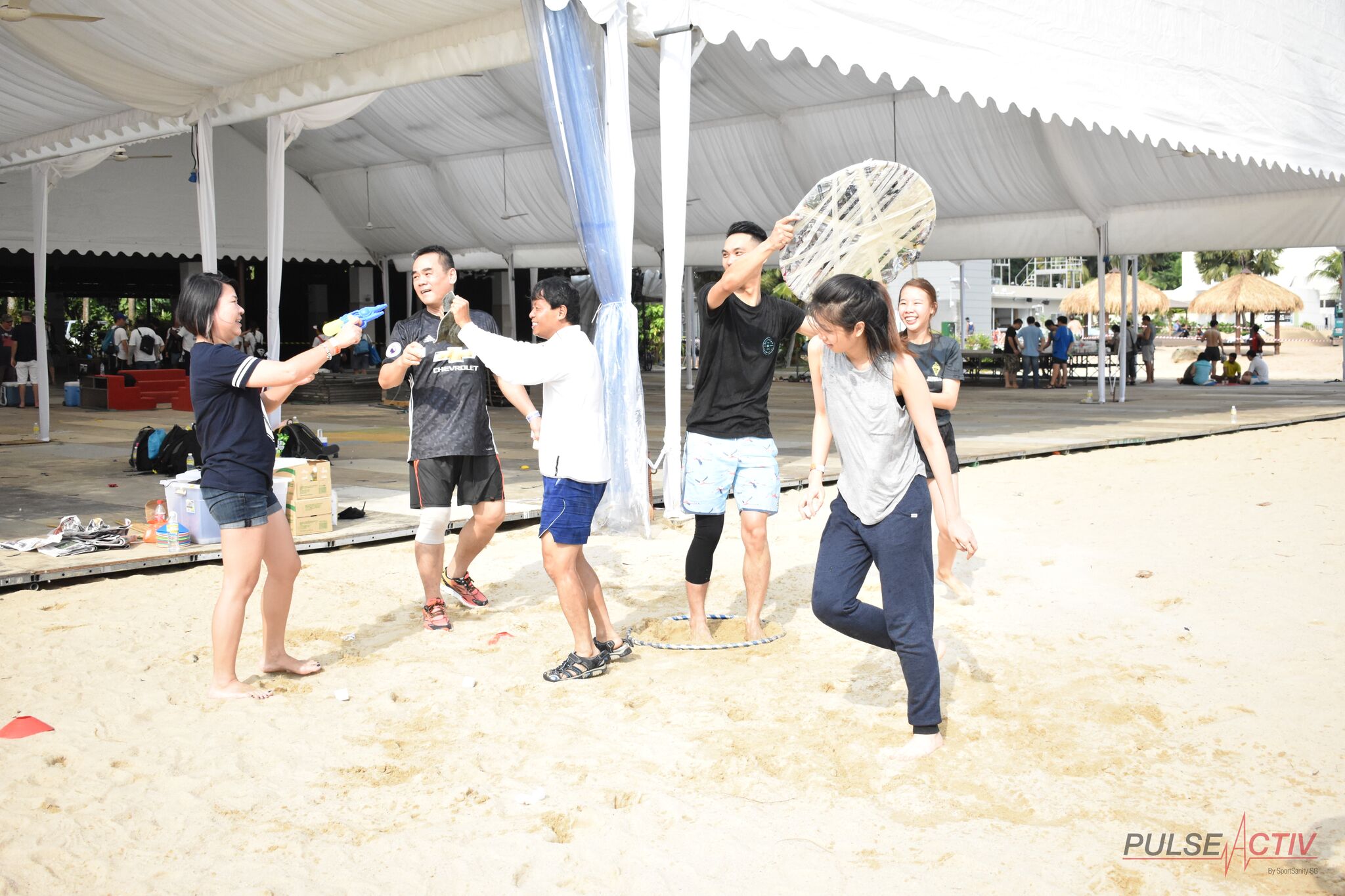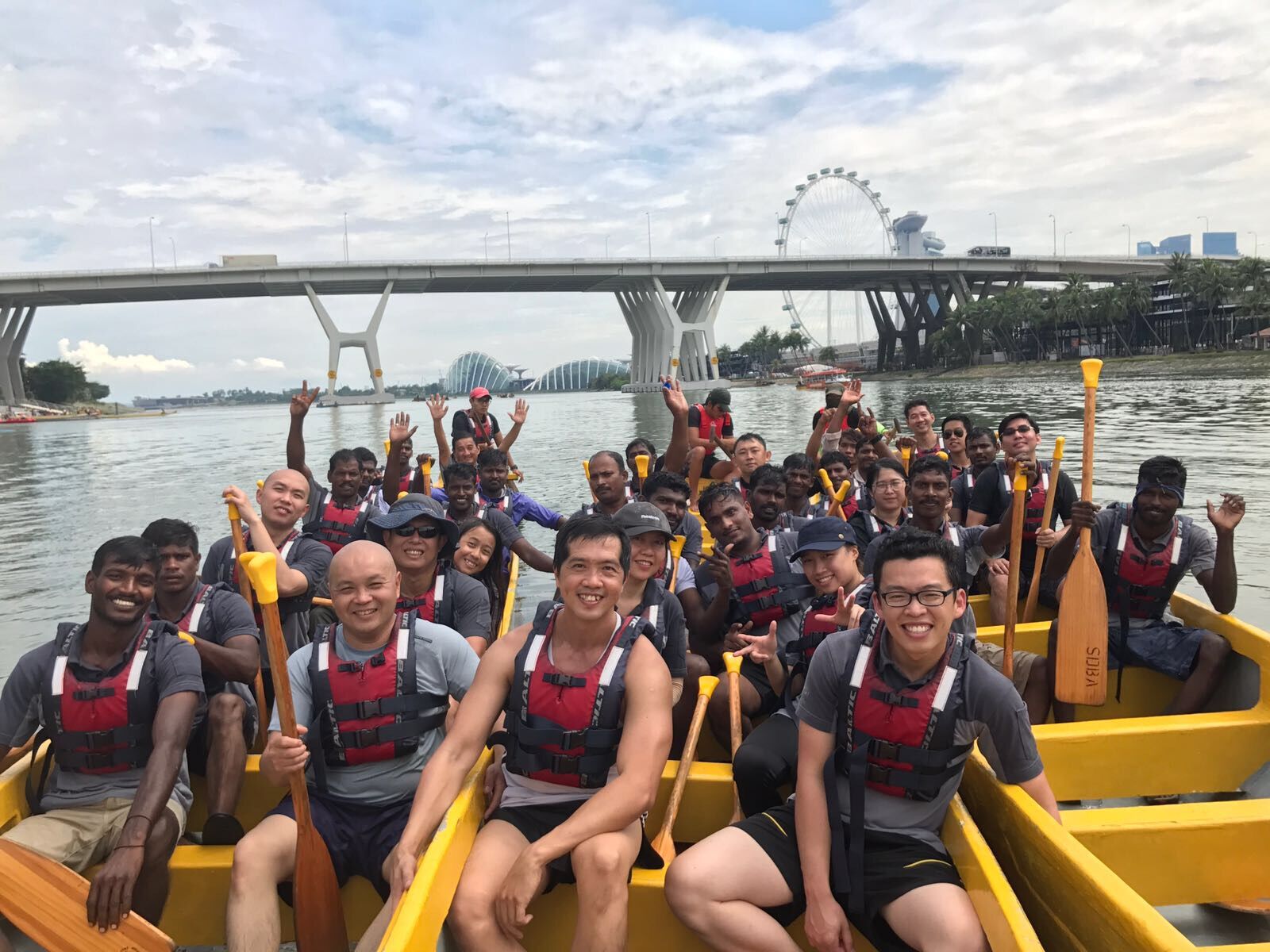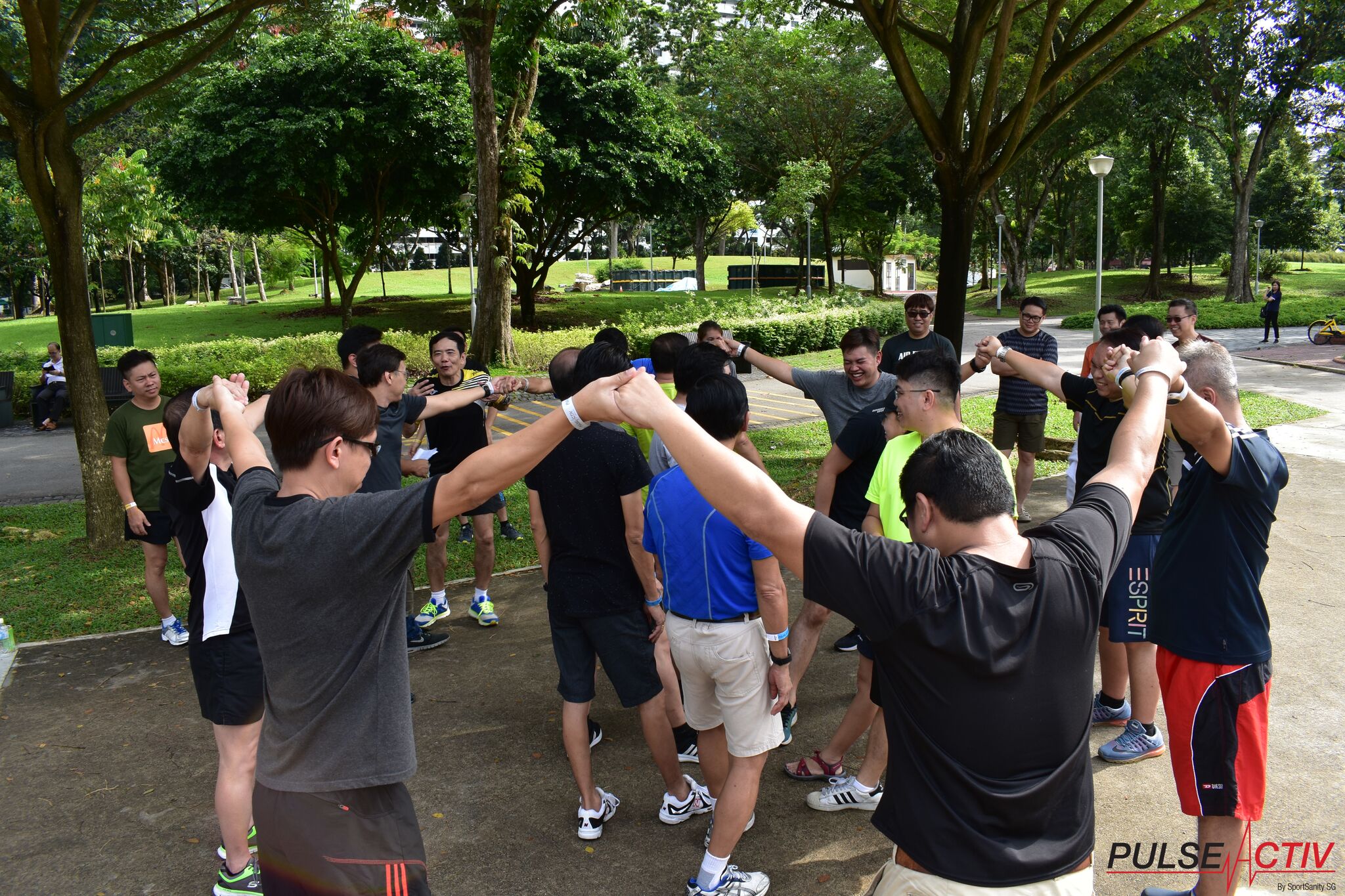In any organization, trust is the cornerstone of effective collaboration, communication, and overall productivity. Building trust within a team is crucial for fostering a positive work environment where team members feel valued, supported, and motivated. Team building activities are an excellent way to cultivate trust, as they encourage cooperation, open communication, and mutual respect. Here are some strategies for creating trustworthy teams through effective team building.
understanding the importance of trust
Trust is fundamental to a high-functioning team. It ensures that team members can rely on each other, share information freely, and work together effectively towards common goals. When trust is present, teams are more resilient, adaptable, and capable of handling challenges. Conversely, a lack of trust can lead to miscommunication, low morale, and decreased productivity.
strategies for building trust through team building
1. open communication
encourage transparency
Fostering an environment of transparency where team members feel comfortable sharing their thoughts, ideas, and concerns is key to building trust. Team building activities that emphasize open communication, such as group discussions or brainstorming sessions, can help. Encourage everyone to speak openly and listen actively to each other. This transparency reduces misunderstandings and helps create a safe space where team members feel their voices are heard and valued.
regular check-ins
Implement regular team meetings and one-on-one check-ins to ensure everyone feels heard and valued. These check-ins provide opportunities for feedback, address any issues, and reinforce the habit of open communication. Use these sessions to celebrate successes and discuss areas for improvement. Regular check-ins can also help to identify and resolve potential issues before they escalate, maintaining a healthy and trusting team dynamic.
2. collaborative problem-solving
group challanges
Engage your team in group challenges that require cooperation and collective problem-solving. Activities like escape rooms, scavenger hunts, or team-based puzzles can promote collaboration. These exercises help team members understand each other’s strengths and weaknesses, fostering a sense of unity and trust. The shared experience of overcoming a challenge together can create a strong bond and a sense of accomplishment within the team.
project-based team building
Assign projects that require input and effort from all team members. Encourage collaboration by setting clear goals and roles, and ensure that everyone contributes to the project’s success. This approach builds trust by demonstrating that each team member’s contributions are valued and essential. When team members see their ideas and efforts recognized and appreciated, they are more likely to trust and rely on each other in future projects.
3. building personal connections
social activities
Organize social activities outside of the regular work environment to help team members get to know each other on a personal level. Casual gatherings like team lunches, outings, or virtual coffee breaks can strengthen personal bonds and build trust. These activities help team members see each other as individuals, not just colleagues. The relaxed setting encourages open conversation and personal connection, which are crucial for building trust.
sharing personal stories
Create opportunities for team members to share personal stories and experiences. This can be done through structured activities like “Two Truths and a Lie” or informal team-building exercises. Sharing personal stories fosters empathy and understanding, leading to stronger trust within the team. When team members understand each other’s backgrounds and experiences, they are more likely to relate to each other on a deeper level and work together more effectively.
4. consistency and reliablility
set clear expectations
Establish clear expectations and responsibilities for each team member. When everyone understands their role and what is expected of them, it builds trust in the team’s ability to function effectively. Consistently meeting these expectations reinforces trust over time. Clear expectations also reduce ambiguity and confusion, which can lead to misunderstandings and a breakdown in trust.
follow through on commitments
Encourage a culture of accountability where team members follow through on their commitments. This reliability builds trust, as team members learn that they can depend on each other to fulfill their responsibilities. Recognize and reward consistent performance to reinforce this behavior. When team members know they can count on each other, they are more likely to take risks and innovate, knowing they have the support of their team.
5. conflict resolution
address issues promptly
Handle conflicts and misunderstandings promptly and constructively. Encourage open dialogue to resolve issues and ensure that all parties feel heard and respected. Effective conflict resolution prevents small issues from escalating and maintains trust within the team. By addressing conflicts head-on and finding mutually beneficial solutions, you demonstrate a commitment to maintaining a healthy and trusting team environment.
mediarion and support
Provide mediation and support when necessary. Sometimes, external help may be needed to resolve conflicts and restore trust. Offering mediation services or conflict resolution training can equip your team with the skills they need to handle disputes effectively. Providing support for conflict resolution shows that you value a harmonious and trusting team dynamic, which can encourage team members to resolve conflicts constructively.
6. recognition and appreciation
celebrate successes
Regularly acknowledge and celebrate the team’s achievements, both big and small. Recognizing individual and collective successes fosters a sense of appreciation and trust. Celebrations can be formal, like award ceremonies, or informal, like shout-outs during meetings. Celebrating successes shows that you value your team’s hard work and contributions, which can boost morale and trust.
express gratitude
Encourage team members to express gratitude and appreciation for each other’s efforts. Simple acts of recognition, like thank-you notes or verbal acknowledgments, can significantly boost morale and trust within the team. Creating a culture of gratitude can enhance team cohesion and foster a positive and trusting work environment.
7. inclusivity and diversity
promote inclusive practices
Ensure that team-building activities and work processes are inclusive and accessible to all team members. This promotes a sense of belonging and respect, which is foundational for trust. Inclusivity helps to create an environment where everyone feels valued and heard, reducing feelings of isolation and distrust.
cleberate diversity
Embrace and celebrate the diversity within your team. Diverse perspectives can lead to more innovative solutions and a richer team dynamic. When team members feel their unique backgrounds and perspectives are valued, they are more likely to trust and engage fully with the team.
conclusion
Building trust within a team is an ongoing process that requires intentional effort and effective strategies. Through open communication, collaborative problem-solving, building personal connections, consistency and reliability, conflict resolution, recognition and appreciation, and promoting inclusivity and diversity, you can create a trustworthy team that thrives on mutual respect and cooperation. By investing in team-building activities that focus on these strategies, you can foster a work environment where trust flourishes, leading to enhanced productivity, job satisfaction, and overall team success. Trust is the foundation of any successful team, and with the right approach, you can build a strong, cohesive, and trustworthy team.
